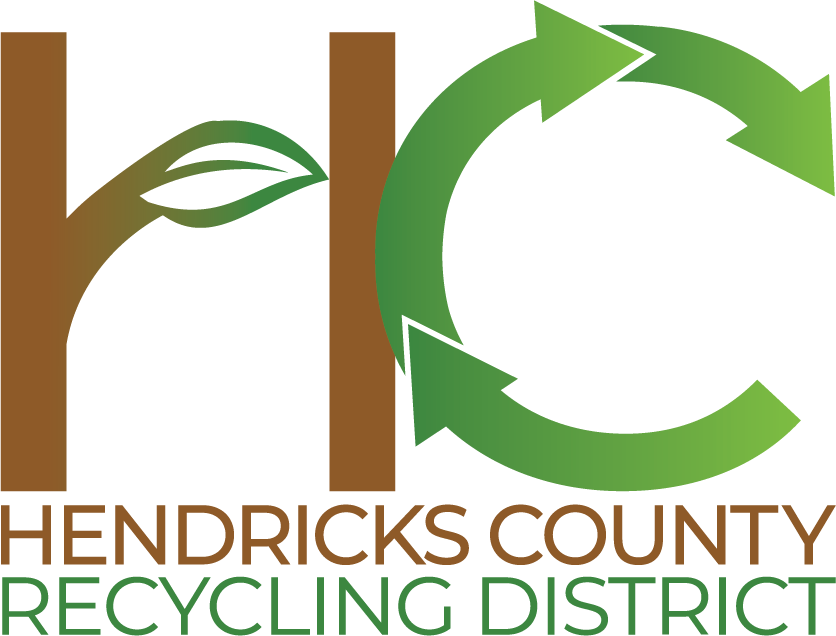Grasscycling: Easier for You, Better for the Environment
Mother Earth is the ultimate recycler–she’s been at it for a very long time and we should follow her lead, especially when it comes to plant matter.
Leaves, twigs, weeds and all manner of living things are part of the cycle of life and death; making their way back to the soil from whence they came. Grass is no different.
If we cut the grass and leave it where it lies, it will decompose quickly (it’s mostly water) and return to the soil to fertilize new blades of grass. We like to call this Grasscycling– the practice of leaving grass clippings on the lawn after mowing. Once cut, grass clippings dehydrate and decompose quickly and disappear from view.
Why consider Grasscycling?
· Encourages a healthier lawn. When clippings decompose they add Nitrogen to the soil and also encourage microbial activity that will improve water holding capacity and aeration of the soil
· Reduces work. You will not have to rake and bag your grass clippings
· Saves you money because you do not have to pay for garbage bags or disposal of the clippings
· Benefits to the environment by letting nature recycle your clipping for you
Here are some tips for Grasscycling Success…
· It is best to cut grass when the grass is dry
· Also use sharp mower blades
· Follow the “1/3 rule”: mow your lawn often enough so no more than 1/3 of the length of the grass blade is cut in any one mowing. Frequent mowing will produce short clippings that will not cover up the grass surface
· You can Grasscycle with most any mower (push, electric, or gas)–the mower collection bag should be removed to allow clippings to drop on the lawn

